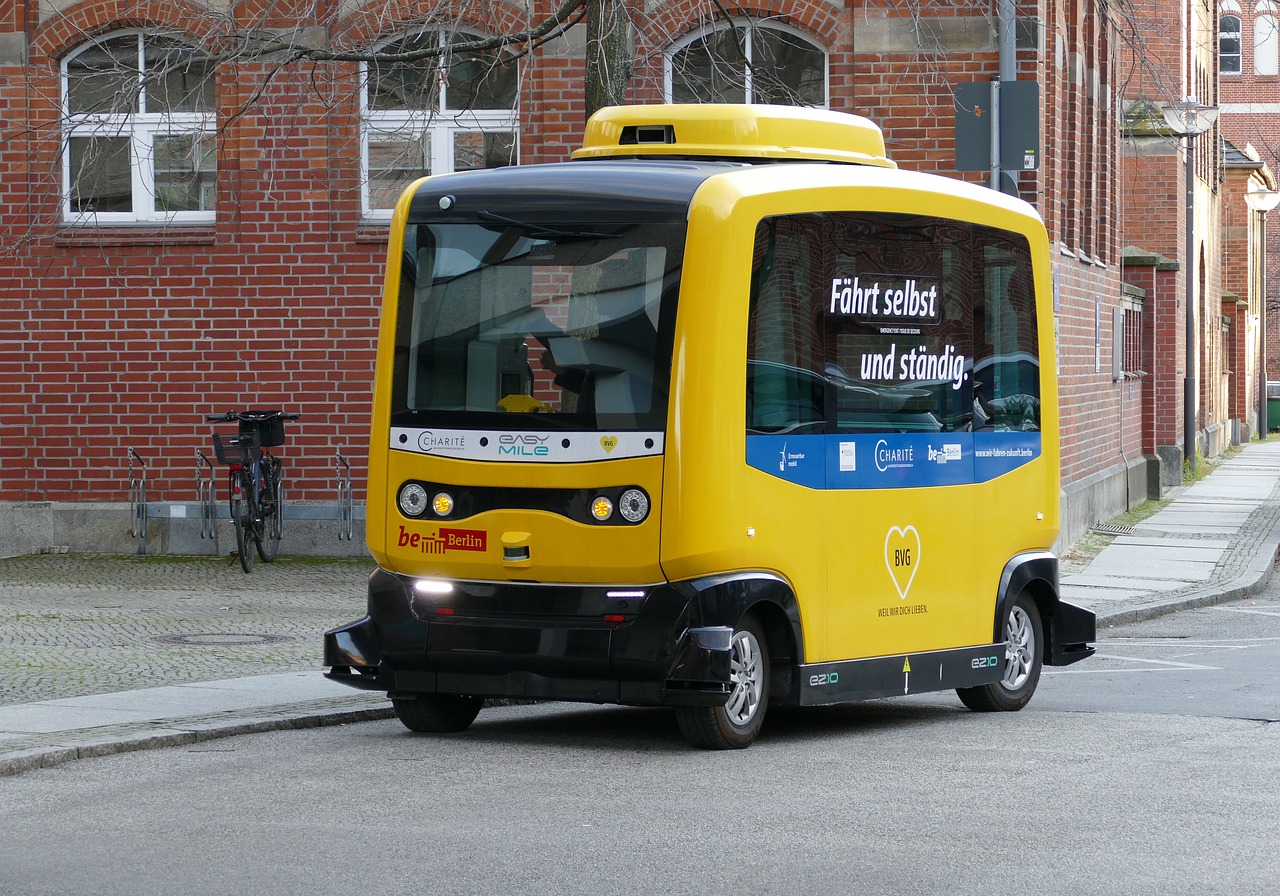The share of newly registered passenger cars worldwide produced without provisions for assisted driving systems has become smaller and smaller in recent years. According to the Statista Mobility Market Outlook, “regular” cars made up a minority of only 24 percent of newly registered cars around the globe in 2020. The transition to autonomous-ready cars has been a quick one: In 2013, cars without assistance systems were still in the majority at 65 percent of all newly registered ones.
There are six different automation levels for passenger cars in the classification SAE J3016 by standards developer SAE International, three of which are included in the chart. Autonomous driving ability is displayed as levels 0 to 5. In levels 1 and 2, the autonomous driving functions assist the drivers (so-called assisted mode). Automated driving provisions of levels 4 to 5 are not yet available on the passenger car market and level 3 is only now entering regular production.
also read
Coronavirus Greece – 1,608 new cases, 379 intubated, 51 deaths
Level 3 is the lowest level of this automated mode. Vehicles whose systems meet level 3 requirements can drive independently to some degree, with the driver taking over the wheel again upon request and with advance notice. From level 4, vehicles can drive independently without the driver having to take over. In levels 1 and 2, the driver can be assisted by the autonomous driving systems, yet he or she can not turn attention away from the road. In level 1, either braking or steering can be assisted. In level 2, a combination of both is possible, equipping the car lane centering and adaptive cruise control capabilities.
source statista
You will find more infographics at Statista
Ask me anything
Explore related questions






